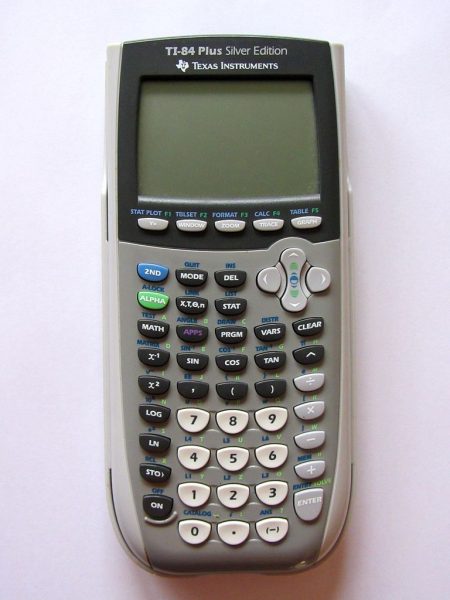New Cell Phone Policy

The new apple iPhones.
January 19, 2016
Ever gotten in trouble for being on your phone in class? Embarrassing right? Well that’s all about to change, because there’s a new policy in the works at Blaine High School. A policy regarding the confiscation of cell phones in the classroom.
The new policy could be put into place for a number of reasons. The first being the fact that devices in general are becoming a distraction in the classroom. For example, texting, Snapchat, Instagram, Twitter, and a number of other social media are all a part of the distraction that keeps us students from our learning experience. Social Media is a fairly new phenomenon in our society, and a big reason for that is the anonymous comments, posts, and freedom of “speech,” these apps offer us as teenagers, and adults alike. This poses another problem: Cyberbullying.
The concept of not seeing a person’s face when you hit send is something a lot of people find comforting when speaking their mind. So, when sending a hurtful comment, or posting a humiliating picture, can seem harmless. But on the other side, someone is getting hurt; that’s the problem with allowing cell phones and other devices in the classroom. Students can now Snapchat, Instagram, Text, and get hurt all at the same time, on a single device, and in a single moment.
 Cell phone use is becoming a larger and larger number over the years, and that leads to more and more bullying and harassment. In 2010, the average American spent about seven hours on their phone. In 2012, that number rose to nine hours a day, but today in 2015, the average American spends about nine to eleven hours a day on their phone. This also increases the amount of text messages sent, comments and posts shared, and Snapchats sent.
Cell phone use is becoming a larger and larger number over the years, and that leads to more and more bullying and harassment. In 2010, the average American spent about seven hours on their phone. In 2012, that number rose to nine hours a day, but today in 2015, the average American spends about nine to eleven hours a day on their phone. This also increases the amount of text messages sent, comments and posts shared, and Snapchats sent.
For these reasons, and obviously, the distraction of the technology in the first place, there will be a new cell phone confiscation policy in the process at Blaine. I wondered if the bullying and harassment side of the cell phone argument had a part of the new policy. I contacted the chairman of a bullying and harassment committee and asked her a few questions about what she thinks about cell phones in general, and what she thinks is really the problem with all these hurt feelings. I asked her what she thought about cell phones in general, and what the problem with having them in classrooms was. “Cell phones are probably the most influential invention of current times. They have changed the way people live and work. Cell phones are powerful, handheld devices that allow people to obtain information and communicate anytime anywhere. The biggest thing about cell phones also causes their biggest problem for students in schools. They can be a distraction to the learning environment because students can get off task too easily. It is too easy for individuals to try to multitask by using social media for personal purposes at the same time they need to be seeking and processing information related to the curriculum.” I asked her what the biggest problem with cell phones in bullying and harassment and she told me, “Social Media has the potential to exasperate bullying and harassment. The technology allows target behavior and derogatory language in general to be persistent and persuasive. What would be fairly isolated instances face-to-face bullying becomes everywhere, all the time, from every angle in the life of a person who is being cyberbullied.” She also commented on the topic of cutting down on bullying and harassment in our schools- “Empower students to stand up for one another and teach students how to interrupt mean behavior.” I asked her about the new policy at Blaine and she told me, “Cell phones are powerful devices. Students need to understand the impact their actions online have on themselves and others – good and bad.”
So there you have it, an insider opinion on what phones and bullying have in common. But still, what’s the big deal with having them in class? The thing is, there are and always will be two sides to the story; the side of the staff and teachers, (or most of them) which we most commonly see as cell phones are a distraction, nuisance and should only be taken out for educational purposes. And the side of most students, which is that cell phones are apart of their lives, and can be used as a tool, and a resource to the outside world, as well as apart of a new era in the American culture. Of course, the two sides will mix, because not all teachers and/or adults are against cell phones, because they have them too, and students who agree that the beeping, and interruptions the teacher provides by calling out a student, can take from the learning experience.











